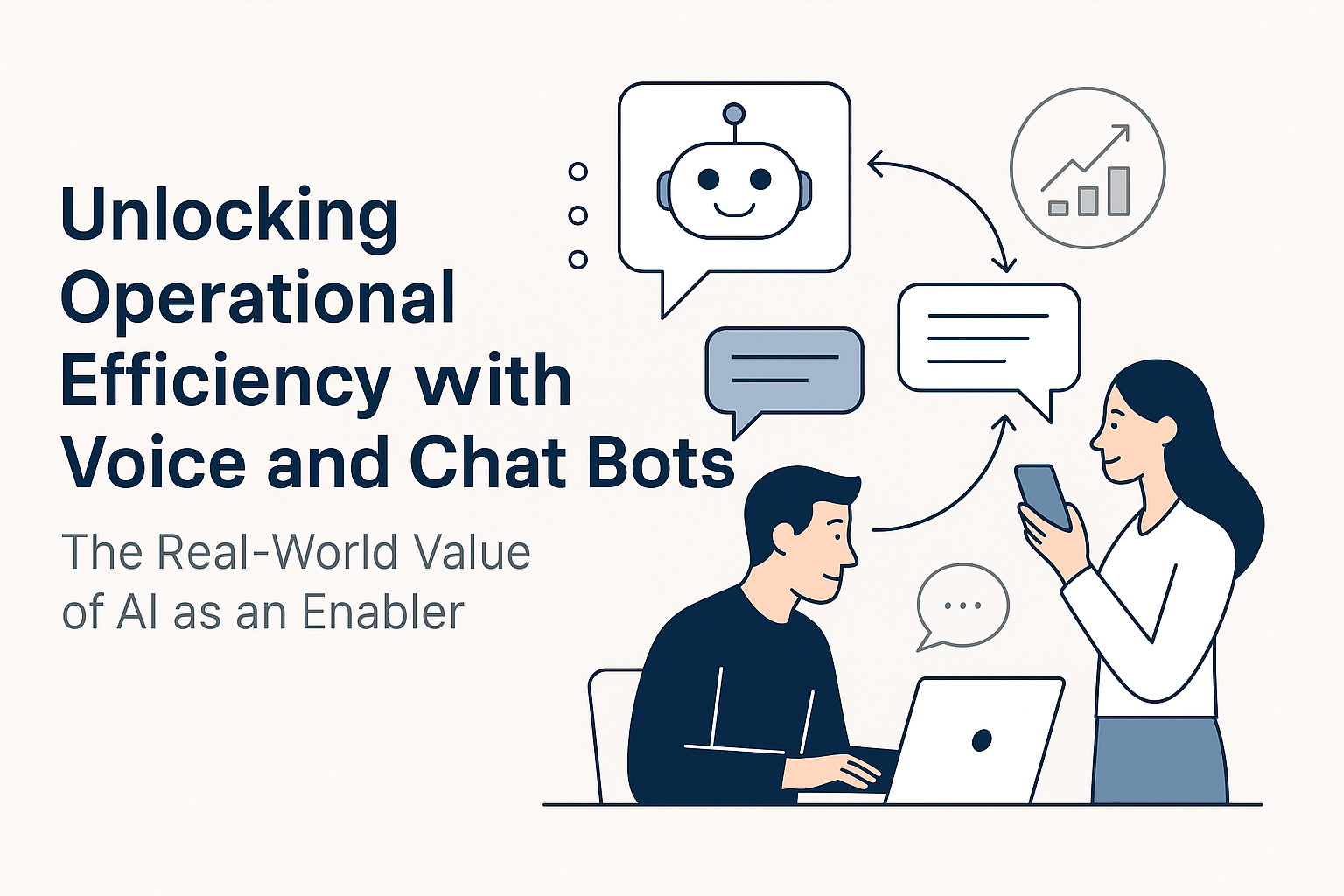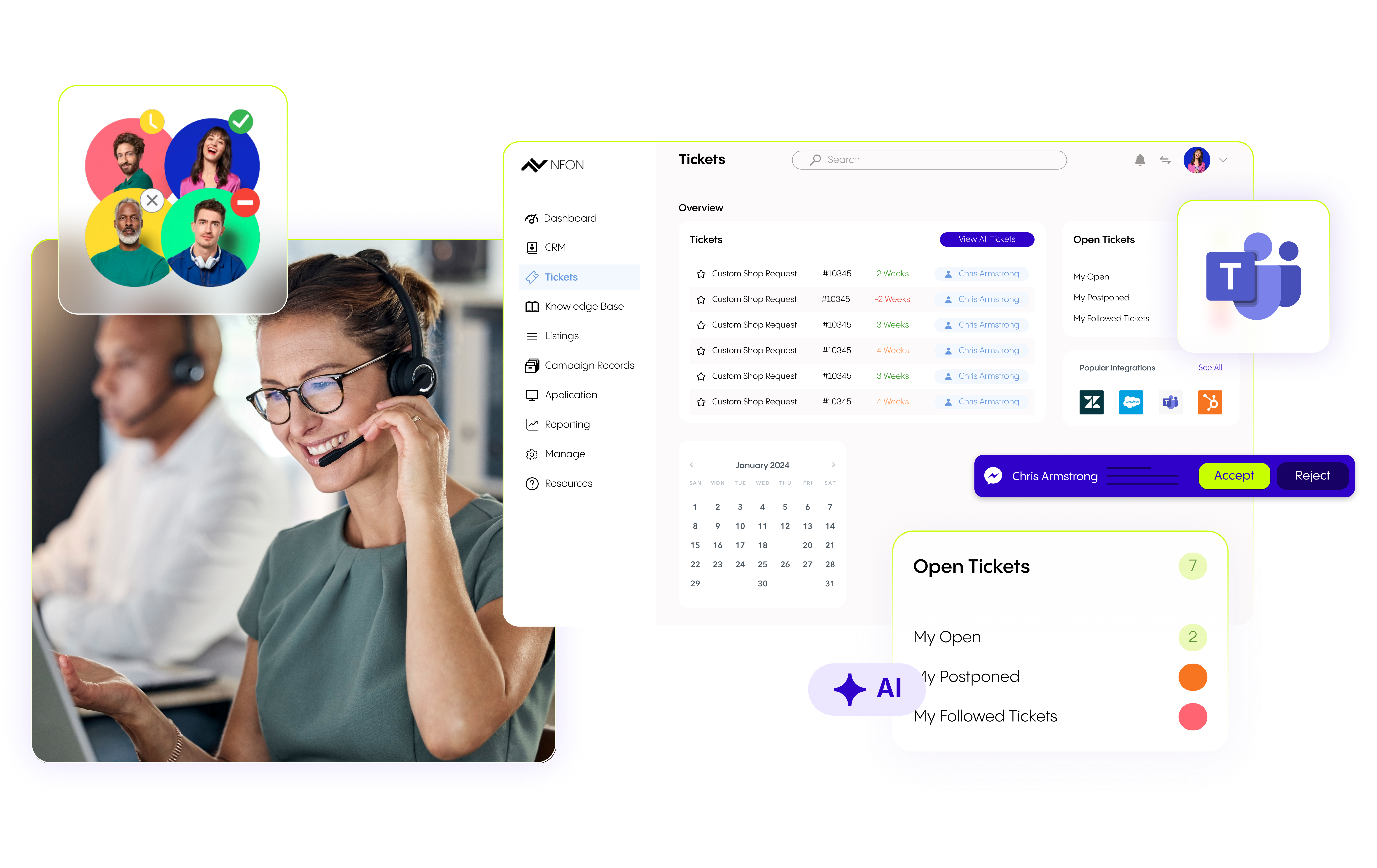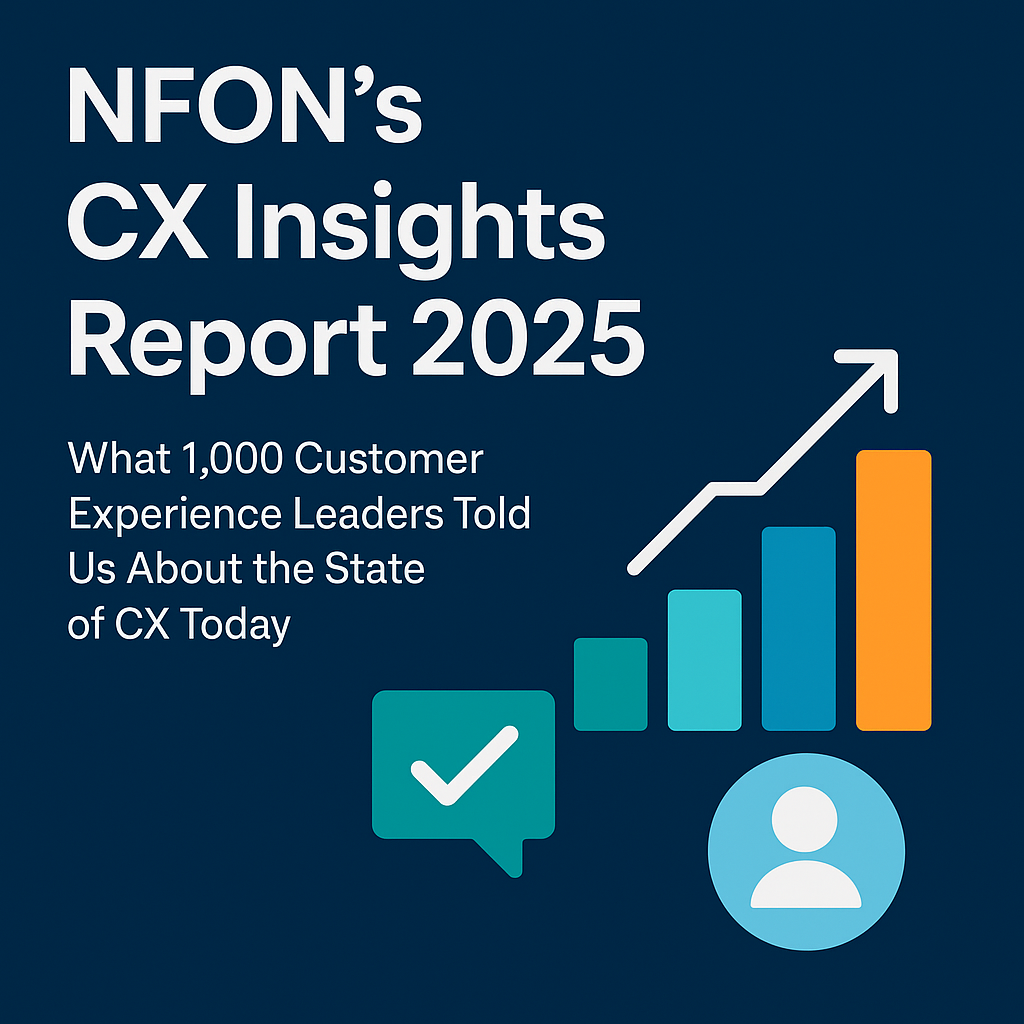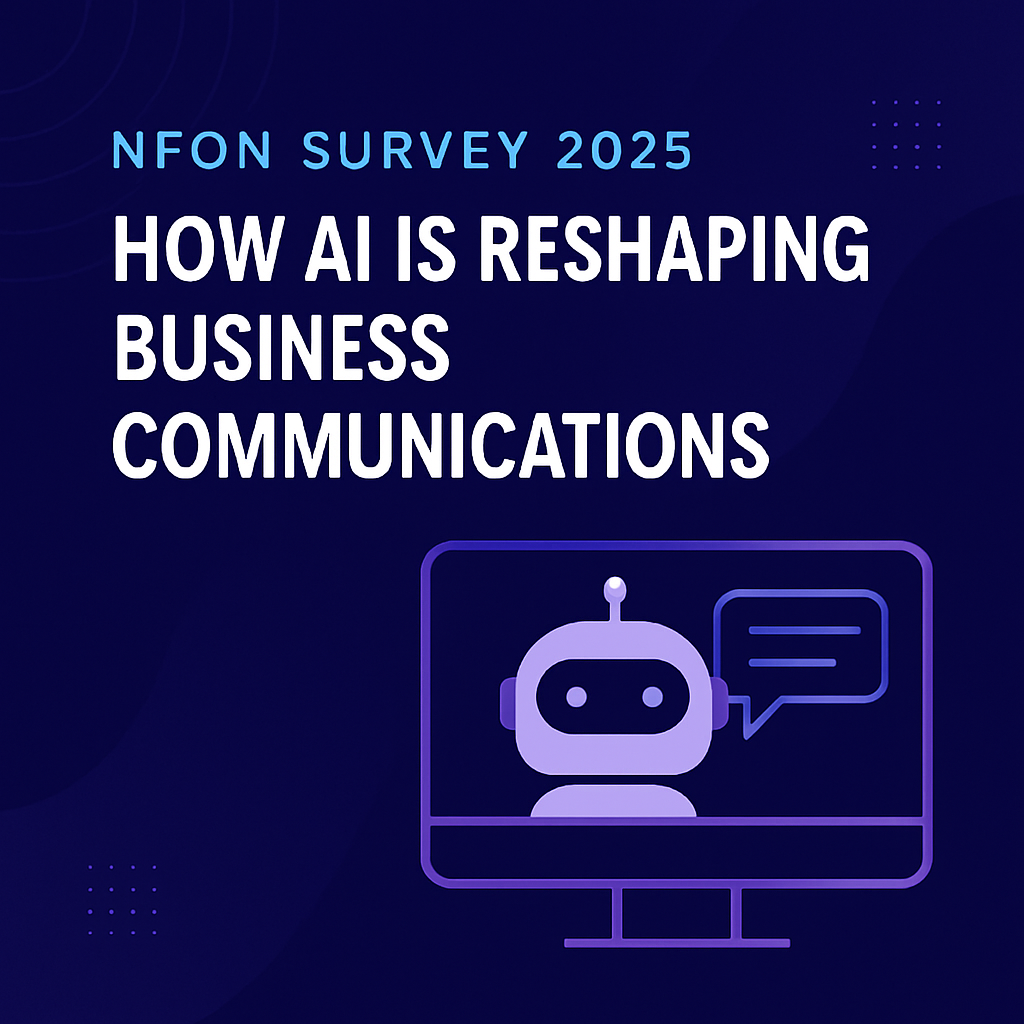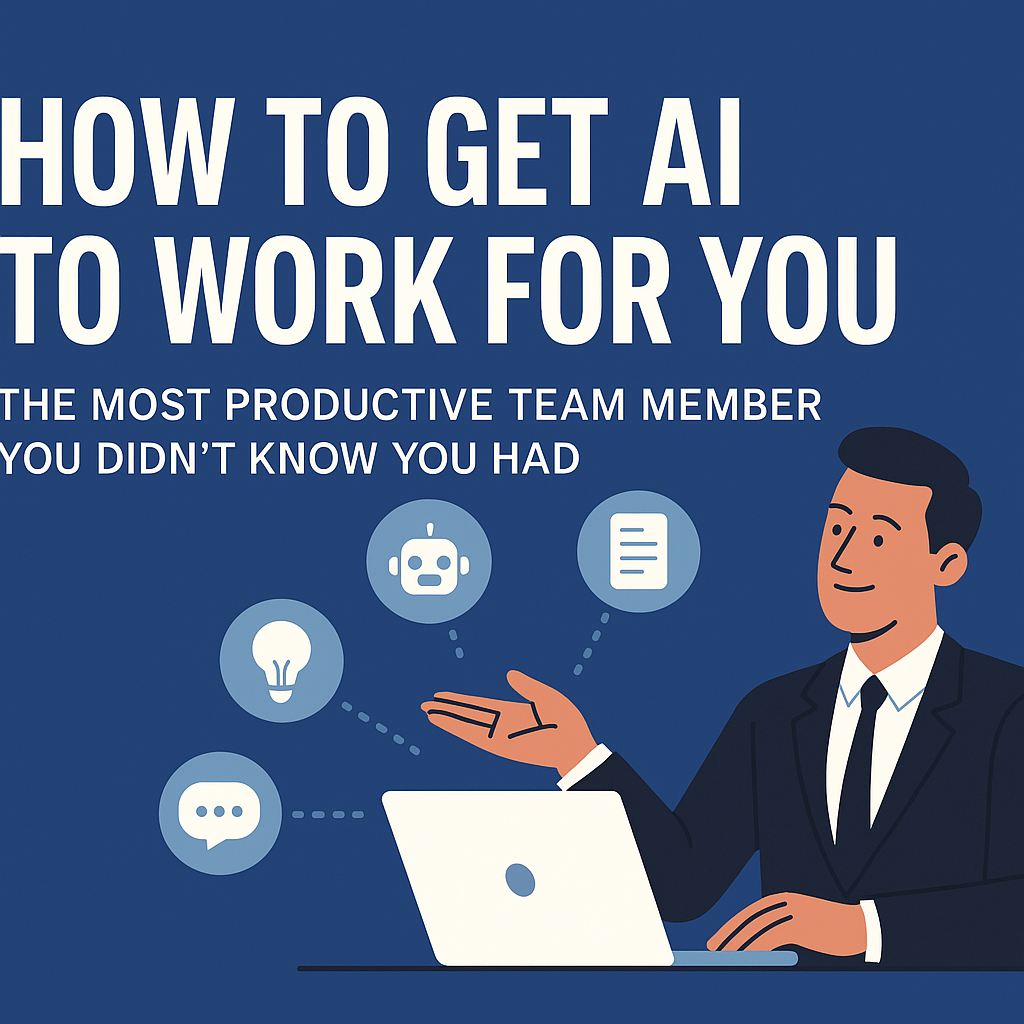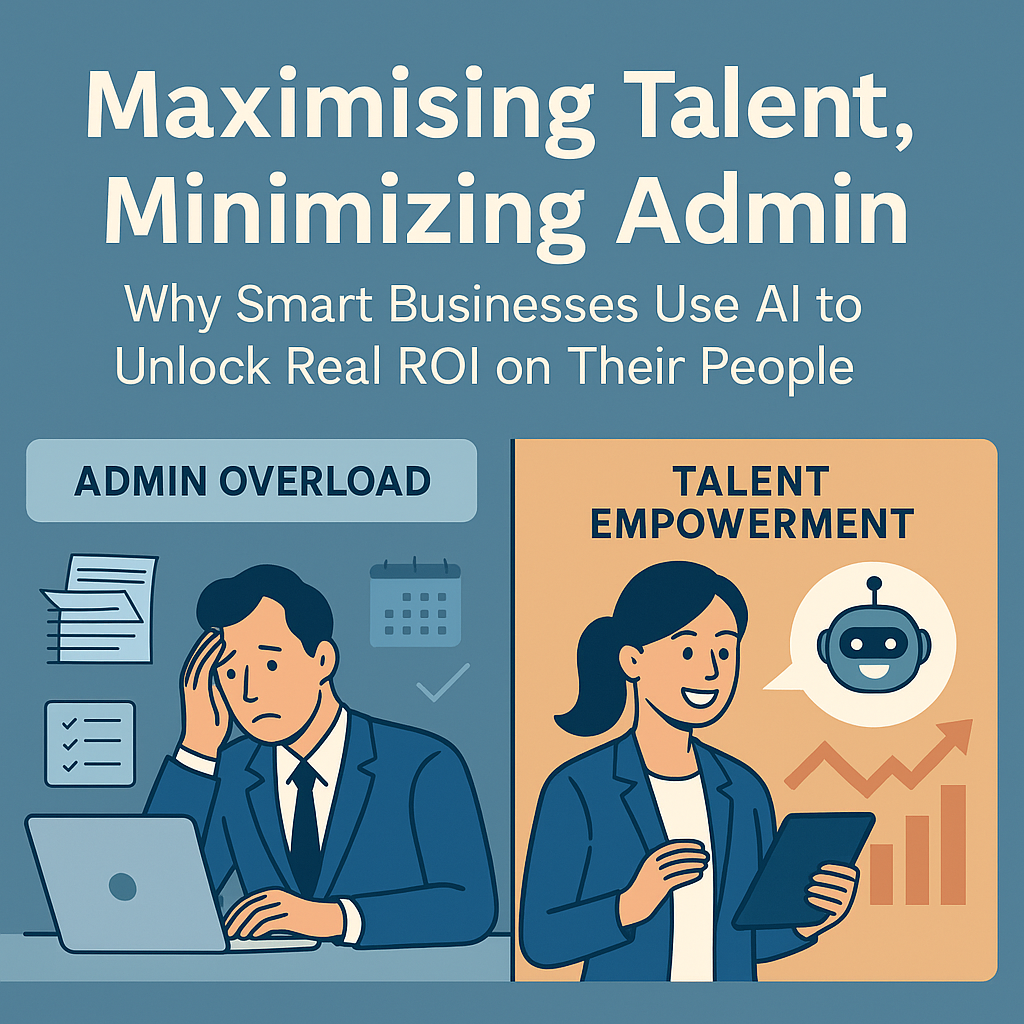This piece explores how AI-powered tools like call transcription, automated summarisation, and intelligent assistants are not about replacing human talent, but enabling it. The goal: to inspire you to reflect on your own operational journey and uncover how deploying voice and chat bots can deliver measurable business value.
From Repetition to Results: Reclaiming Time with AI
Let’s start with a simple, familiar scenario.
Imagine a customer service agent who spends roughly 8–10 minutes after every call summarising key points, updating CRM entries, and logging next steps. With AI-powered voice transcription and summarisation tools, this process can now be completed in less than 2 minutes. Multiply that by 30 calls a day, and you’re looking at 4 to 5 hours reclaimed—daily.
But what does that actually mean for your business?
- In sales: That time could be reinvested in 5 extra outreach calls per week, potentially resulting in 2–3 more conversions per month. Over a year, that might equate to £100,000+ in new revenue—all without hiring an additional team member.
- In support: Quicker resolution documentation translates to faster case handoffs, shorter average handling times, and better customer satisfaction.
- In operations: Admin fatigue decreases, freeing employees for higher-value strategic tasks.
This isn’t automation for automation’s sake—it’s about redirecting energy to the places it matters most.
Bots as Enablers, Not Replacers
The common fear is that AI will eventually replace humans. But the businesses seeing the most success are those who understand that AI is most powerful as an enabler. Bots are not the heroes of the story—they're the sidekicks that make the hero (your team) more effective.
Here’s how businesses are using AI bots in voice and chat formats today:
- Customer Support Bots handle first-line triage and FAQs, escalating only when necessary—cutting down wait times while keeping agents available for complex queries.
- Sales Chatbots qualify leads on your website 24/7, ensuring warm leads are passed on to your team, ready to convert.
- Internal Voice Assistants help staff retrieve customer information, product specs, or internal FAQs instantly—improving responsiveness and knowledge retention.
The benefit is clear: augmented intelligence, not artificial intelligence. It's about giving your team superpowers, not pink slips.
Thinking Outcomes, Not Tools
Too often, AI implementation is framed around what the tool is instead of what it does. Businesses need to flip the narrative.
Ask:
- How much time could my team gain back?
- What customer experience improvements are possible?
- How does increased speed or accuracy impact our bottom line?
Let’s quantify it:
|
Use Case |
Time Saved per Week |
Business Impact |
|
Call Summary Automation |
~5 hours/agent |
Extra 1 sales meeting/day |
|
FAQ Chatbot |
~30% of inbound queries deflected |
Shorter wait times, better CSAT |
|
Lead Qualification Bot |
24/7 instant response |
Higher conversion rates |
Your Journey Starts Small—And That’s Okay
Implementing voice or chat AI doesn’t require a massive transformation. Start small. Pick a single workflow, like post-call summaries or website chat triage, and experiment. Set clear KPIs: hours saved, leads generated, CSAT improvements. Measure. Iterate.
This is a journey. And like all good journeys, the destination isn't just about doing things faster or cheaper—it's about doing them better.
Conclusion: Empowering the Human Side of Business
As you think about your organisation’s digital journey, remember this: voice and chat bots are not here to take over jobs—they’re here to take over tasks. When the mundane is automated, your people are free to focus on the meaningful.
In this light, AI is not a threat. It’s a strategic enabler—one that empowers human teams to operate at their highest potential.
So, the question isn’t if you should adopt AI tools for operational efficiency. It’s where you should begin.
